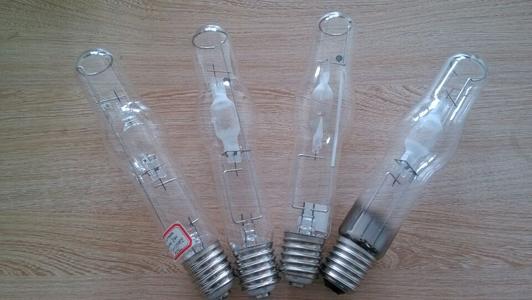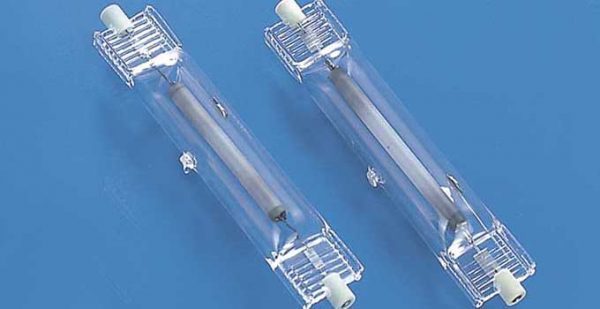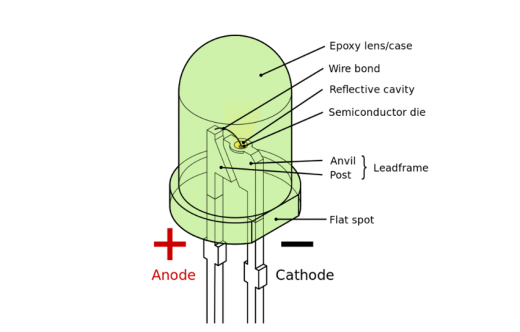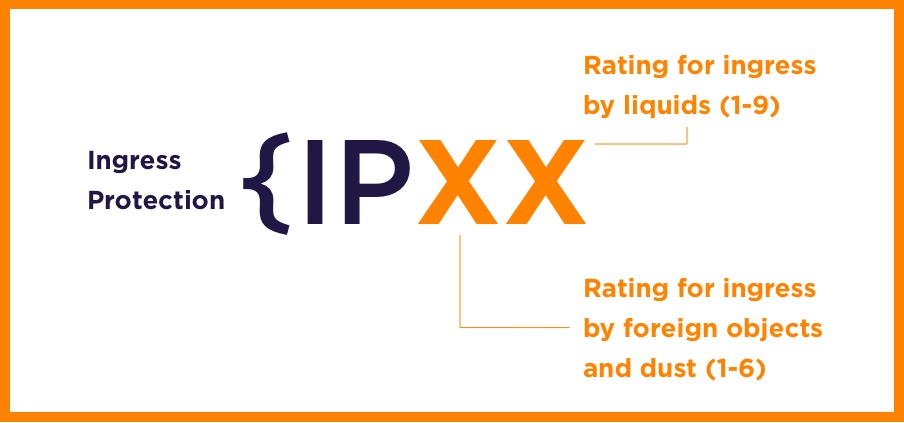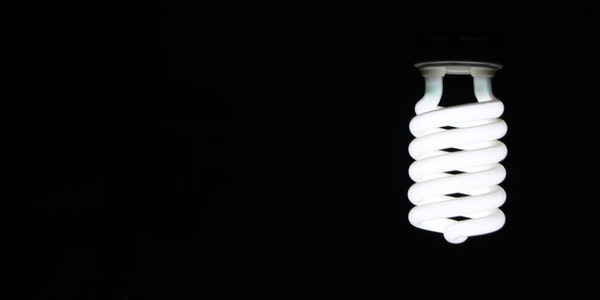What is the Difference between Metal Halide Light and LED Light
What is Metal Halide Lamp
The metal halide lamp is a discharge lamp that produces arc discharge in the mixed vapor of mercury and rare metal halide. The metal halide lamp is a discharge lamp made by adding various metal halides to the high-pressure mercury lamp. Generation light source. The lighting adopts sodium scandium metal halide lamp. The metal halide lamp has the characteristics of high minous efficiency, good color rendering performance and long life.… Read More

